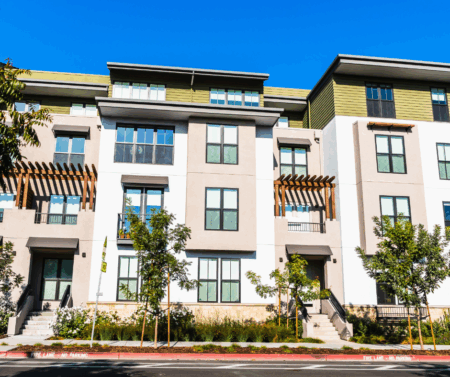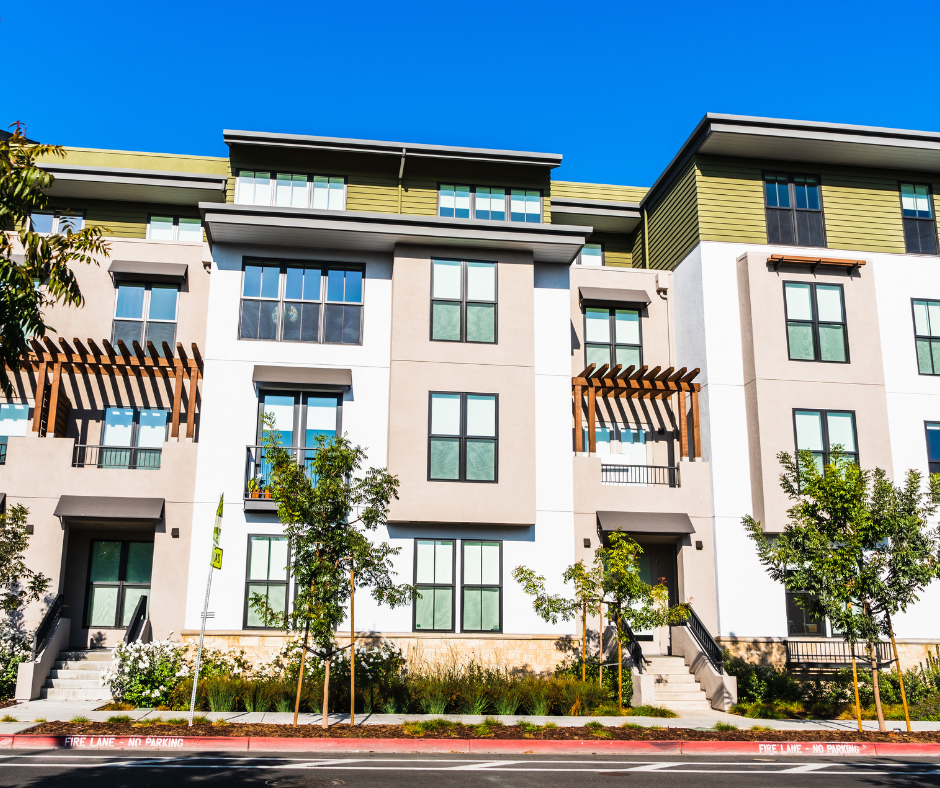
Multifamily Unit Plumbing in Texas: Key Principles
Multifamily property management is highly complex and requires a dependable system of pumps to ensure optimal performance. The most important aspect of large apartment buildings that house multiple units is undeniably water pressure. Supplying one faucet with water is significantly different from the pumping power required to supply dozens of faucets across the complex with a steady flow. Many factors set multifamily water pressure requirements apart from other types of buildings, including:
- Vertical scale and complexity: Most multifamily buildings are taller than a standard home. As buildings become taller, they require stronger, more reliable water pumps to resist gravity and deliver consistent pressure to the tallest floors.
- High demand variability: Regardless of who lives in a unit or what they do, it is extremely common to see significant, high-demand pressure surges in the morning and evenings. When potentially hundreds of people suddenly turn on their faucets, it can quickly overwhelm a low-quality pump, making the need for expert pump technicians like our team at Elite Pumps integral.
- Higher needs for consistent pressure: When tenants sign a lease, they expect to receive an increased level of ease compared to owning and maintaining a house of their own. This means that they expect and demand perfect function at all times. Because of this, your Texas system demands a highly reliable system.
- Maintaining a shared system: Not only do multifamily units need to supply dozens of faucets with consistent pressure, but they also need to have dependable water pressure for a wide range of fixtures. This could include high-demand things like showers and washing machines, but also low-flow fixtures like toilets. When there are diverse demands on such a large scale, your pump can easily experience disruptive pressure fluctuations.
Why Proactive Water Pump Repair is Vital For Texas Multifamily Buildings
Even if tenants are wreaking havoc on your front desk, the real damage is happening deep within your water pressure system. Pumps are the most important aspect of keeping your system running smoothly at all times, so investing in high-quality Texas pump repair is a non-negotiable. Their primary role is to create the required amount of pressure needed to resist gravity and successfully move water to the various fixtures within a building. When it comes to maintenance in any aspect of pump supply, the best approach is always a proactive stance, instead of being forced to rely on reactive maintenance. Proactive pump maintenance requires working with a certified and seasoned Texas pump repair team like Elite Pumps to work on developing a full-scale, meticulous maintenance schedule in order to prevent any small issues from growing into detrimental problems down the line.
At Elite Pumps in Houston, we are familiar with all of the most common pump repairs for multifamily buildings and can help you find the most cost-efficient, durable solution for your tenants. Below, you will find the most prevalent pump problems and how we can solve them.
Low Suction Pressure: A Direct Path To Large-Scale Pump Repairs
One of the most difficult aspects of Texas pump repair is that when one component fails, it can rapidly damage the other components. This is especially true when it comes to suction pressure drops and the internal components continue to function; this can lead to something called cavitation. Cavitation forms through four rapidly progressing steps:
- Pressure drop: This is most often caused by liquid entering the pump, especially the impeller inlet. It causes the pressure to drop immediately, something that can be hard to detect initially, sometimes until it is too late.
- Vapor bubble formation: Once the pressure falls below a certain level, the liquid can turn into vapor. Once the vapor has formed, it begins to create small, extremely low-pressure bubbles.
- Bubble implosion: When the vapor bubbles have formed, they move through the remaining liquid to areas within the pump that have stronger pressure levels, infiltrating the entire system.
- Damage: As soon as the vapor bubbles reach the highest pressure point within the line, the break. This implosion creates a high-velocity, micro-jet effect that leads to erosion within the vital internal components of the valve.
While it can be hard to identify a low suction pressure issue within your system, a key indicator is hearing odd noises or feeling slight vibrations near the lines. When you work with Elite Pumps, our team of pump repair experts can help by restarting your impeller and potentially finding a new pump that can withstand the unique and fluctuating pressure demands for your building.
The Danger of Strain: Why Excess Pressure Can Wear Out Your Texas Water Pump System
Even though low pressure can be detrimental to your pumps, too much pressure can also lead to significant damage if not addressed properly by a Texas pump repair professional. The primary reason for damage is simply too much strain on the system. This is commonly caused by the unique demands of a multifamily building that has to provide adequate water pressure for many people at once. Over time, the demands can lead to wear and tear on the system and eventual collapse.
If this goes on for long enough without pump maintenance, it can also contribute to significantly higher energy bills due to the pump being overworked. Our repair technicians can help troubleshoot your pump repairs by using variable frequency drives to help maintain the exact pressure your building requires with real-time accuracy. This can help alleviate the fluctuations that can contribute to overworking and corrosion over time.
From Symptom to Solution: How To Know When Your Building Needs Pump Repair
It can be hard to pinpoint the exact reason for your pump’s inadequate water pressure. Because of this, leaving the pump repair to the professional is always a good idea. However, knowing when a call to your Houston pump team is needed can help you stay on track with small issues and keep them from snowballing into a full-scale replacement with significant downtime. Here are the main signs your multifamily building’s pumps might need to be repaired:
- Low flow, especially on upper floors
- Noises coming from pipes
- Frequent pump cycling
- High-pressure readings from your gauges
- Visible leaks
If you spot any of these signs, quickly contacting our team at Elite Pumps can save you time, energy, and stress. Contact Elite Pumps today for a free quote on your Texas pump repair!


